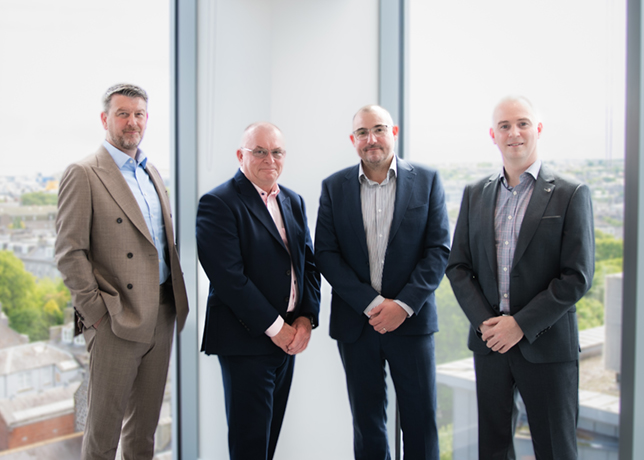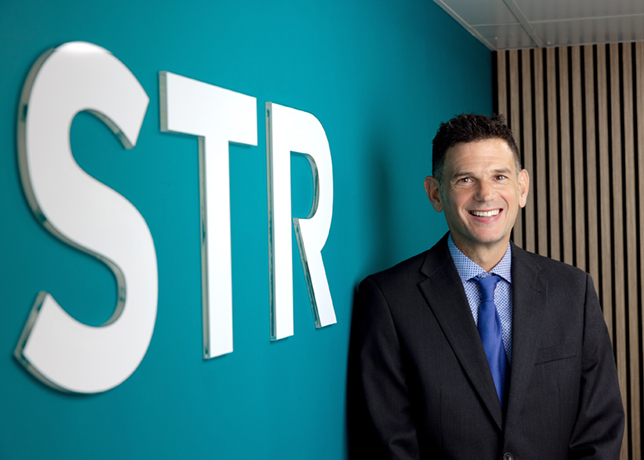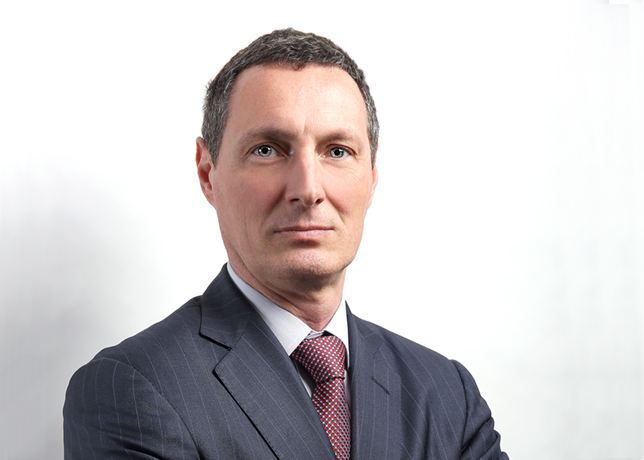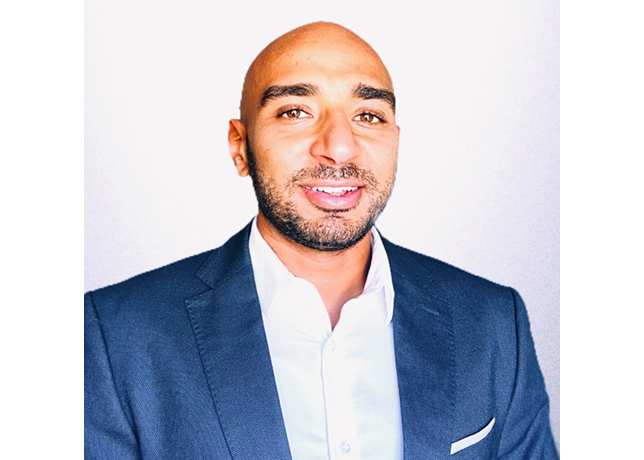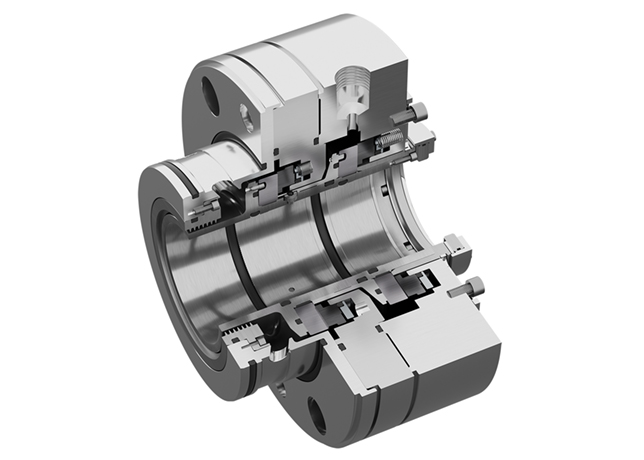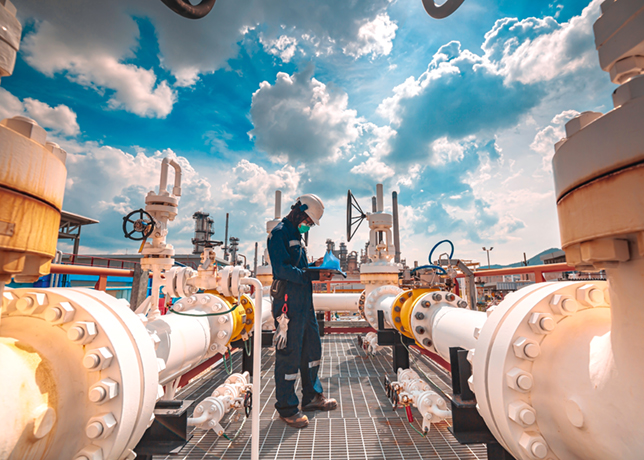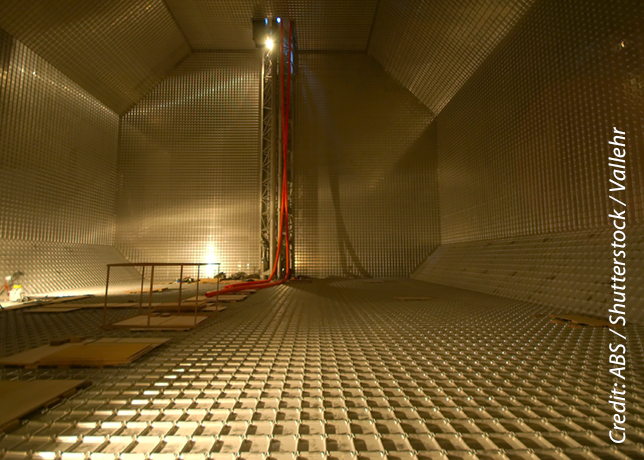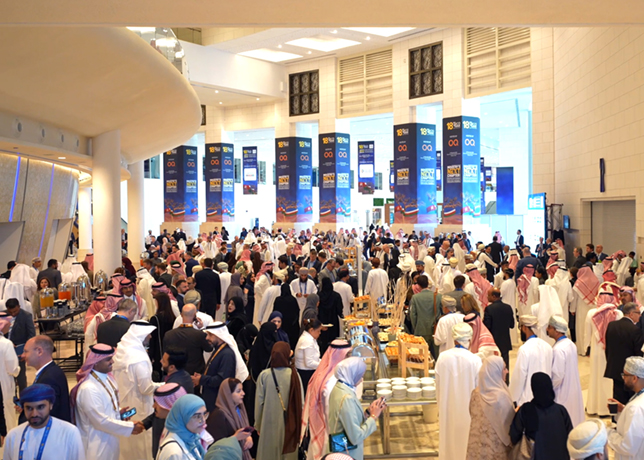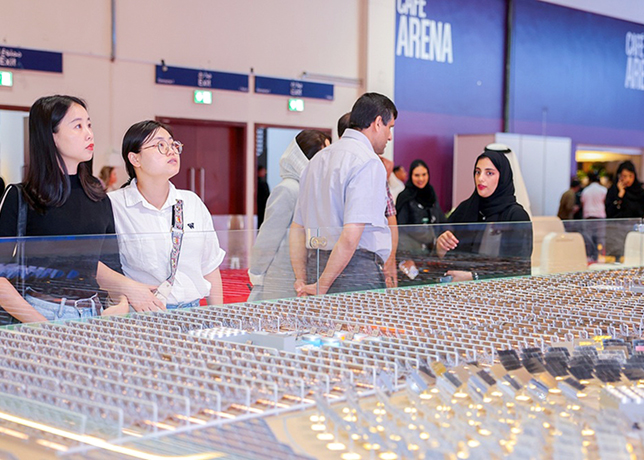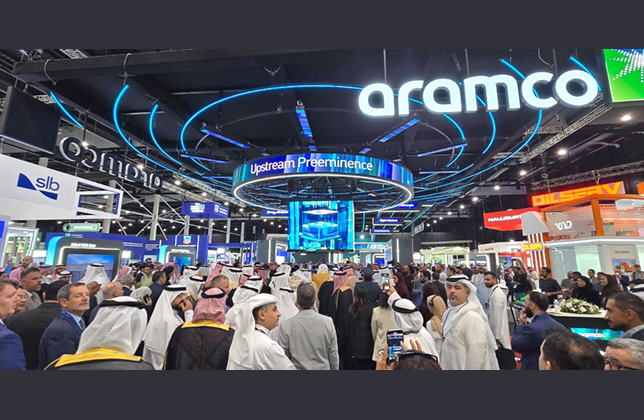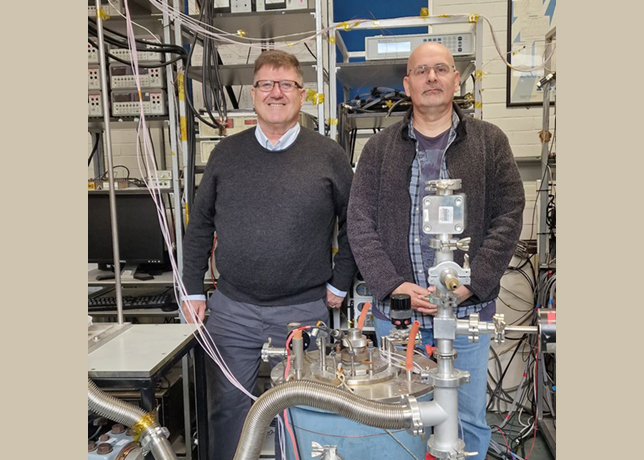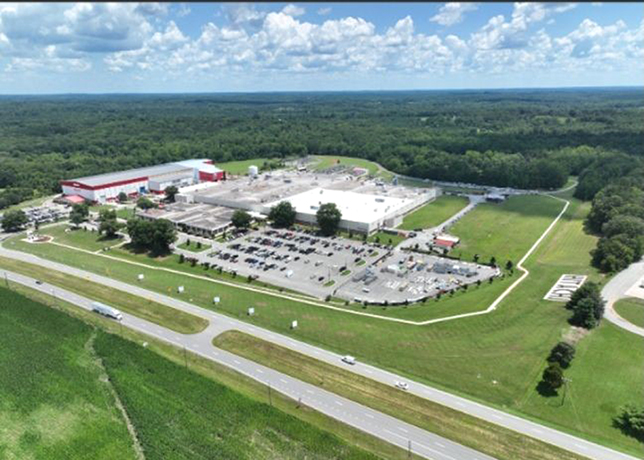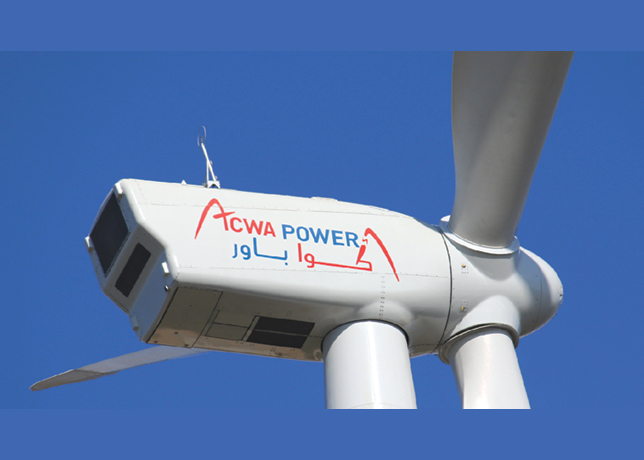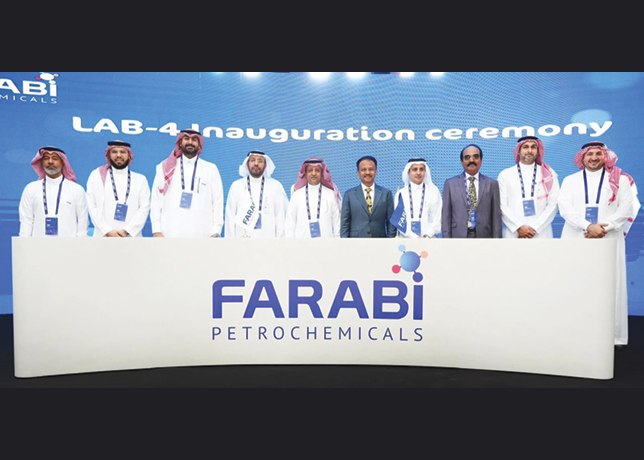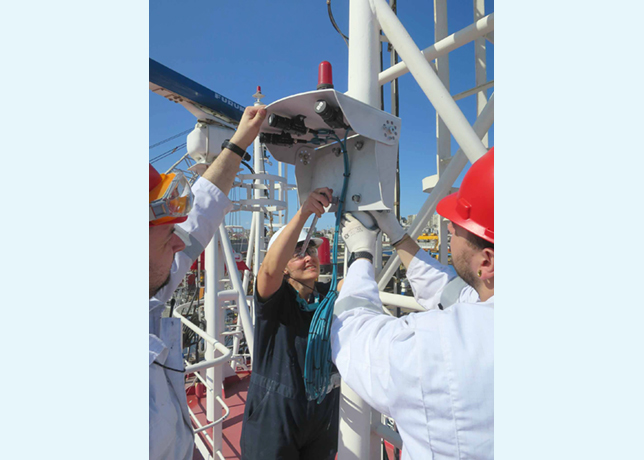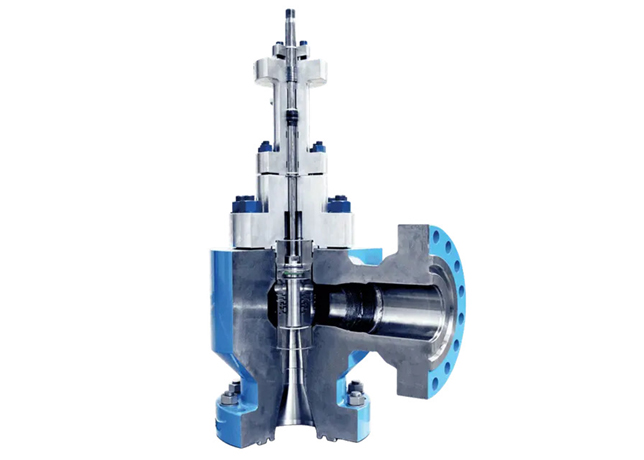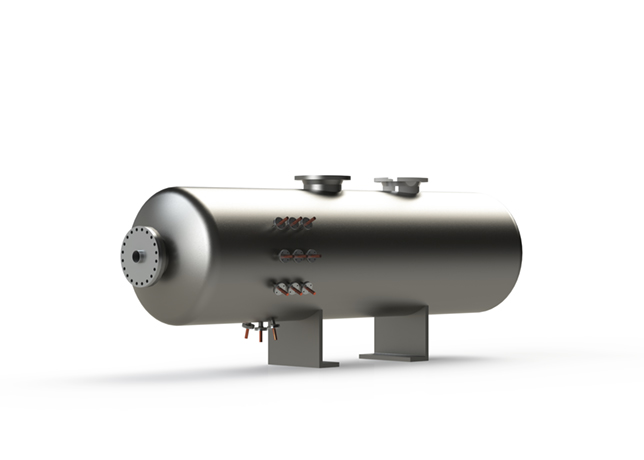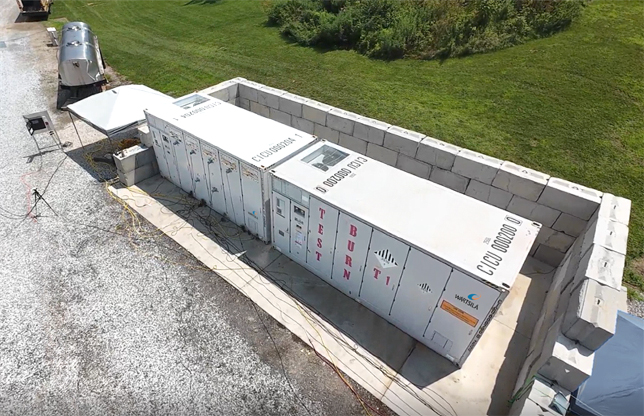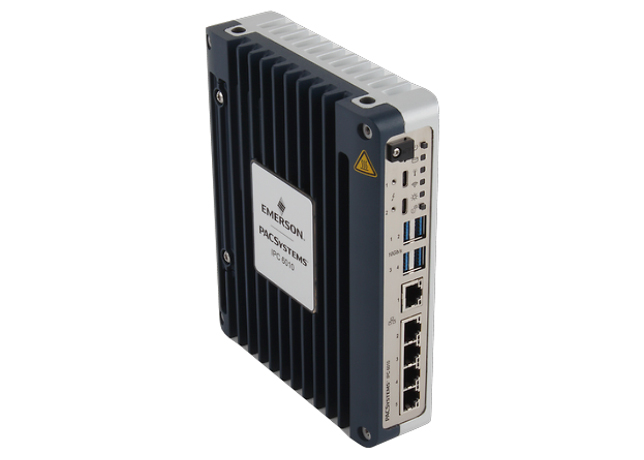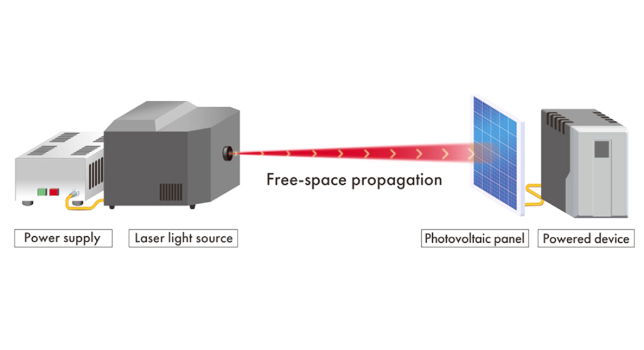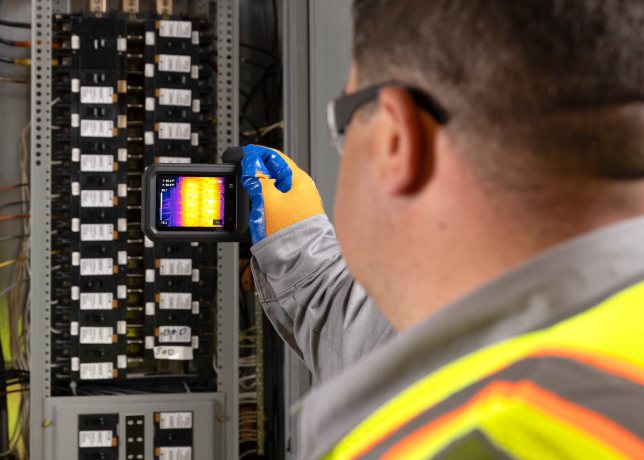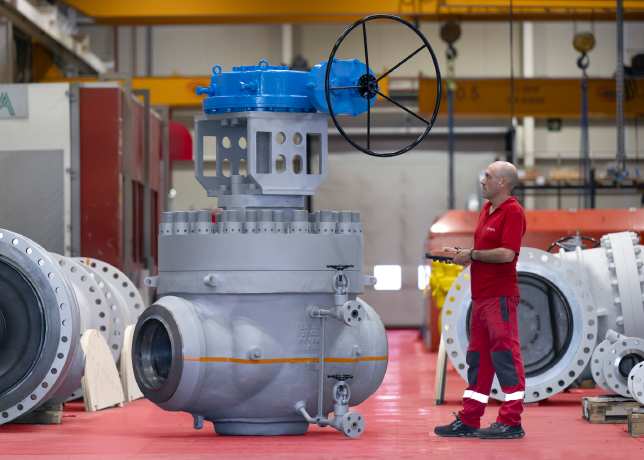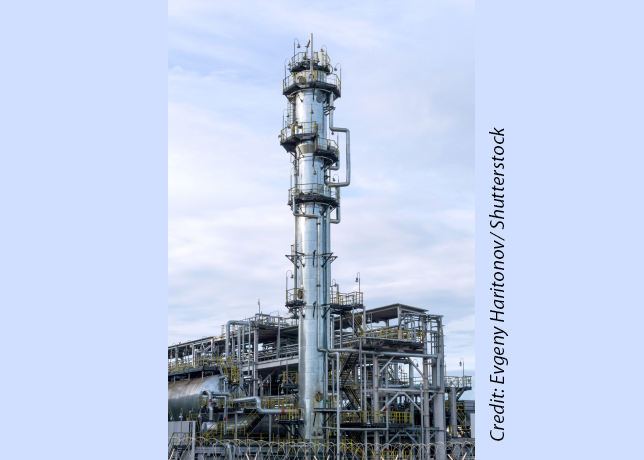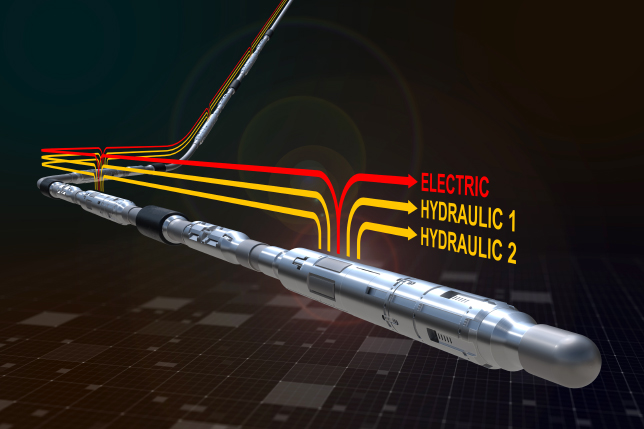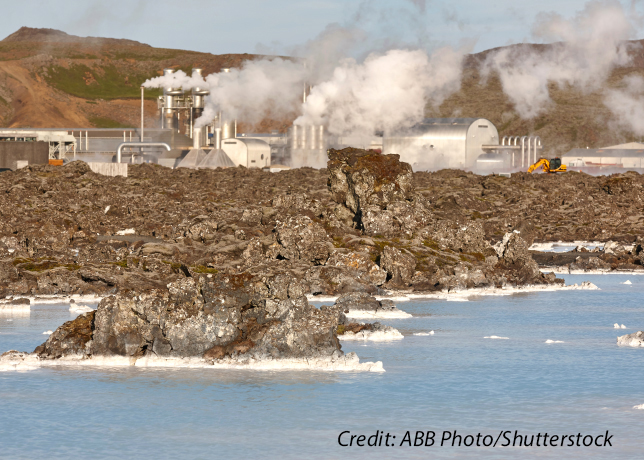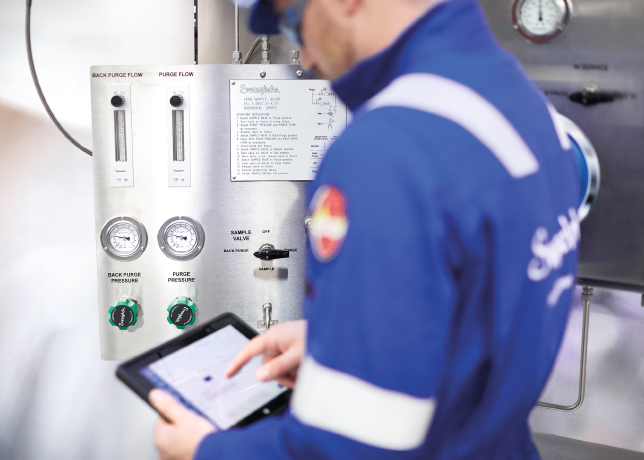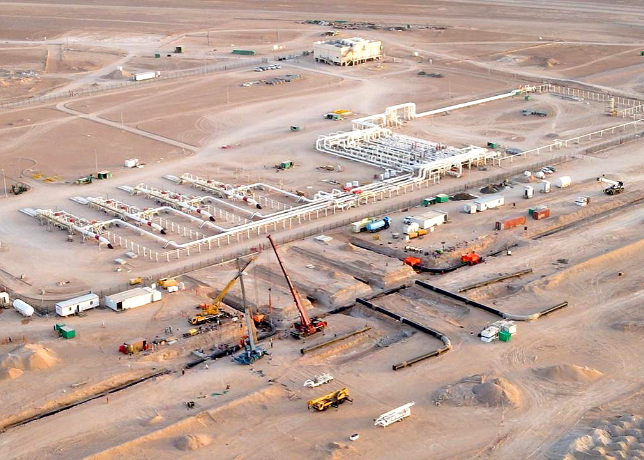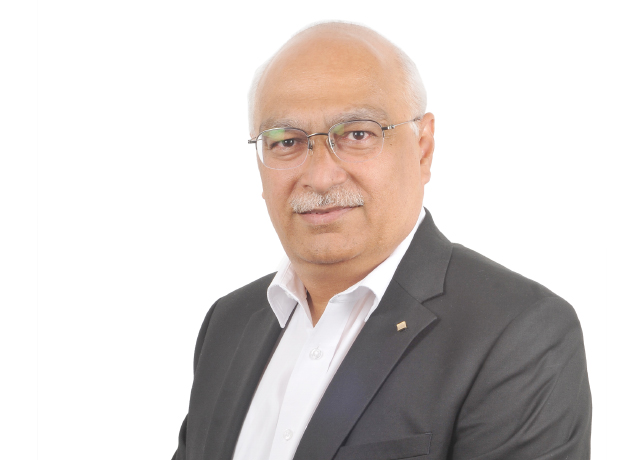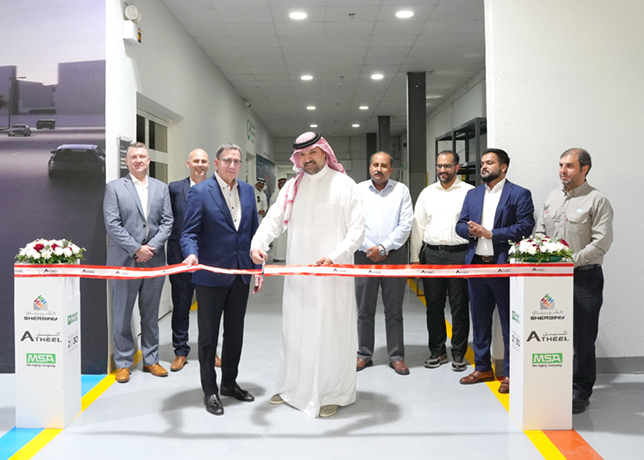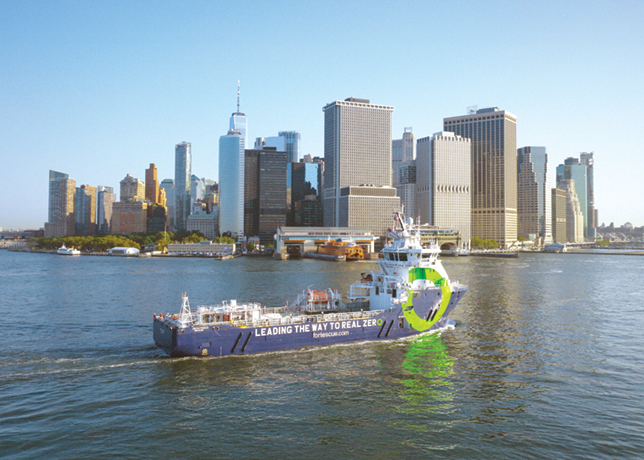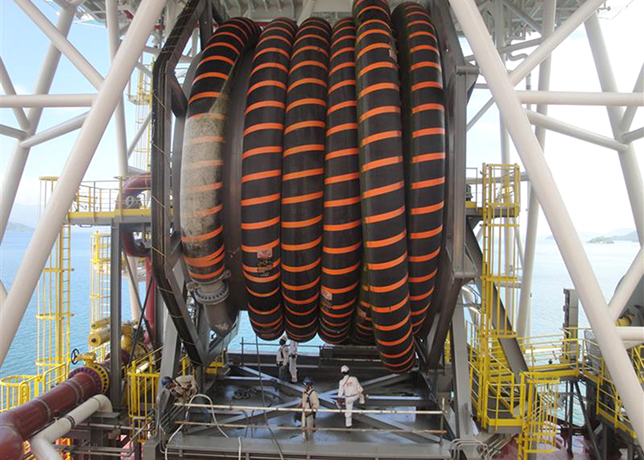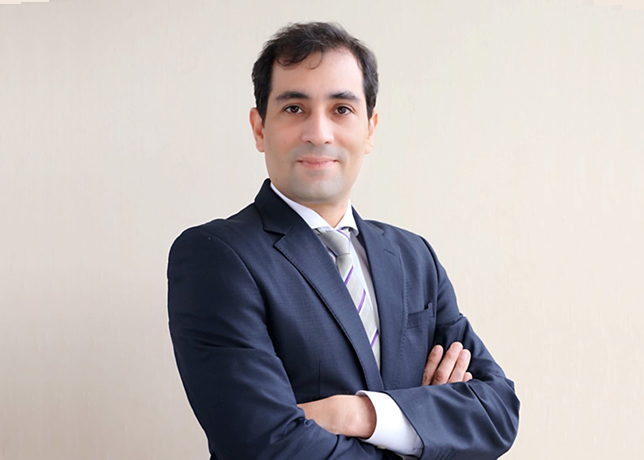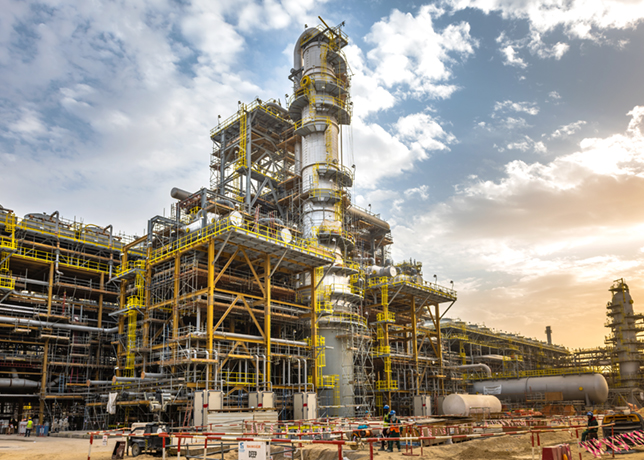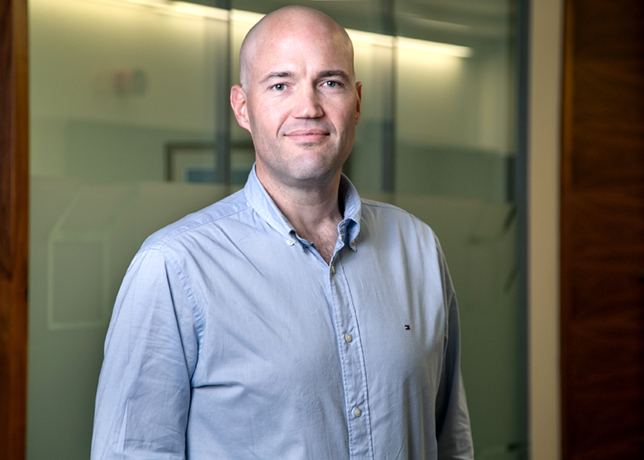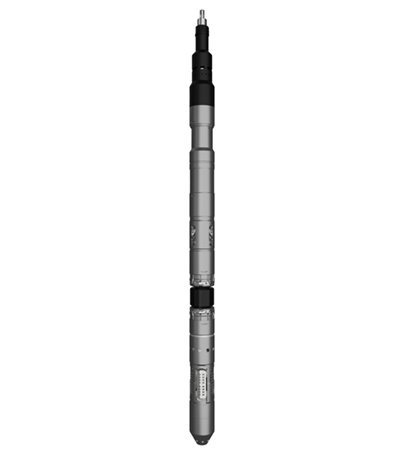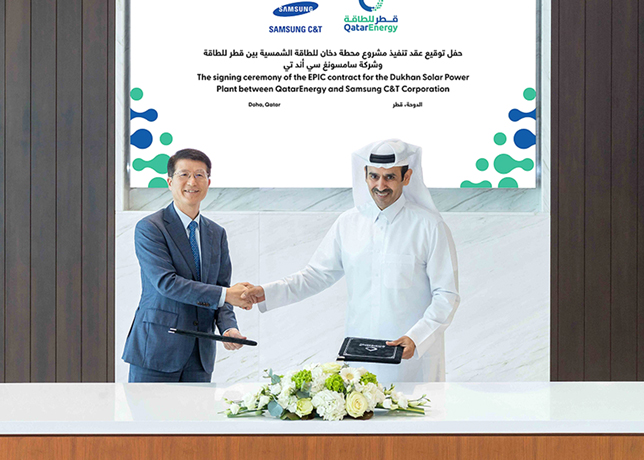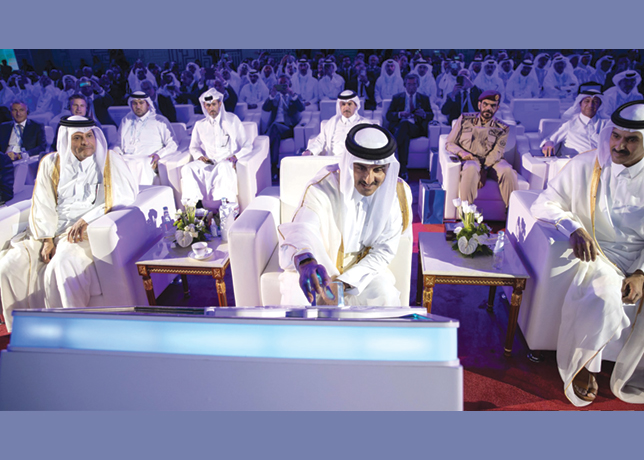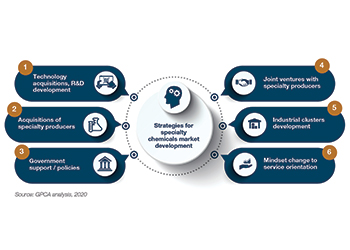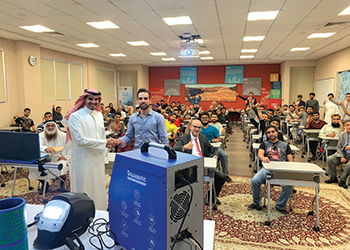
 A demo at the University of Bahrain's Engineering College
A demo at the University of Bahrain's Engineering College
The shortage of welders worldwide is a reality, new technologies help to increase the training of qualified workers, reduce costs and attract a younger audience, Pedro Marquínez, Seabery CEO, tells Abdulaziz Khattak of OGN
The American Welding Society says that by 2024 US will have a deficit of 400,000 welders and this is a reality worldwide.
Faced with this situation, the vocational training system must be able to increase the number of students in order to respond to the market’s needs, while industrial companies must keep their high-quality standards while reducing costs and caring for the environment.
New technologies and specifically augmented reality (AR) are an excellent way of attracting young people to the world of welding, providing not only the development of basic skills among new students, but also the training of qualified workers for the development of specific skills needed for a job.
A good example of how these types of solutions are helping the industrial sector is the AR simulator developed by Seabery Augmented Technology and which has been on the market for over 10 years. It was created with the aim of designing a solution that would reduce costs, times and risks in the training of welding professionals.
There are multiple virtual reality (VR) simulators on the market, but Soldamatic IE can boast of being the only one in the world that uses AR. Its external design is similar to conventional welding machines and both the mask and the torches are real, allowing students to develop muscle memory.
With an e-learning system for the management of students and training contents, it is a solution aimed at both welders’ training centres and industrial companies of all sectors as it has a wide catalogue of predefined coupons to develop and validate welding skills, and it also offers the possibility of developing coupons tailored to the client that allow the development of specific skills and practices of a company or sector.
The benefit that these solutions offer is clear since they do not only allow to bring the welding closer to the younger public, but also allow a cost saving due to the reduction of materials used and the decrease of the training times in real.
According to a study carried out in a professional training centre using the Soldamatic IE solution as opposed to the traditional method, they managed to reduce up to 56 per cent the training time in real time and a material saving of up to 68 per cent.
Many companies and professional training centres have already implemented the AR solution for the training or qualification of welders.
Here in the GCC, there are several prestigious companies such as Saudi Aramco, National Petroleum Construction Company, Audi Middle East, Edge Group, and Middle East Industrial Training Institute (MEITI), and educational institutions such as Abu Dhabi Higher Technology colleges, Khalifa University among others that already benefit from the value of Soldamatic IE.
We are in Industry 4.0. The way welders have been trained has not changed in the last 50 years, and it is time to change the way we do things and use all the opportunities and benefits that new technologies bring.
Founded in 2007 in Huelva, Spain, Seabery Augmented Technology is leading the development of AR training solutions worldwide. It is trusted by more than 750 organisations in more than 50 countries around the five continents. Governments, educational institutions and large industrial corporations are using Soldamatic Augmented Training to train welders.
Soldamatic AT has proved to have certified 34 per cent more welders in 56 per cent less time, saving up to 68 per cent on the overall cost associated with welder training.









